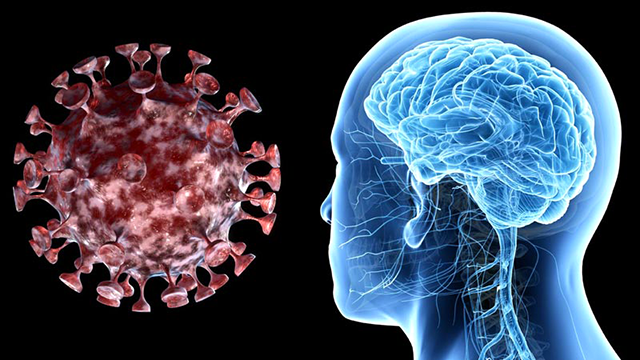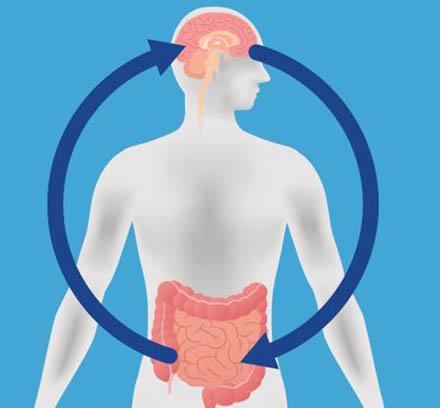You are here
Spider venom may hold keys to new painkillers
By Reuters - Mar 12,2015 - Last updated at Mar 12,2015
LONDON — Scientists who analysed countless chemicals in spider venom say they have identified seven compounds that block a key step in the body’s ability to pass pain signals to the brain.
In research they said could one day lead to a new class of potent painkillers, the scientists focused on 206 species of spider and searched for molecules in the venom that block nerve activity, particular via so-called “Nav1.7 channels”.
Experts estimate that as many as one in five people worldwide suffer from chronic pain and existing pain treatments often fail to give sufficient or long-term relief. Pain’s economic burden is also huge, with chronic pain estimated to cost $600 billion a year in the United States alone.
People sense pain in a part of their body when nerves from the affected area send signals to the brain through what is called the pain pathway, and it is this pathway scientists seek to disrupt when searching for potential new pain medicines.
“A compound that blocks Nav1.7 channels is of particular interest,” said Glenn King, who led the study at Australia’s University of Queensland.
Genetic mutation
He said previous research has found indifference to pain among people who lack Nav1.7 channels due to a naturally-occurring genetic mutation, so blocking these channels has the potential to turn off pain in people with normal pathways.
Part of the search for new painkilling drugs has focused on the world’s 45,000 species of spiders, many of which kill their prey with venoms that contain hundreds and even thousands of protein molecules, some of which block nerve activity.
“A conservative estimate indicates that there are nine million spider-venom peptides, and only 0.01 per cent of this vast pharmacological landscape has been explored so far,” said Julie Kaae Klint, who worked with King on the study.
The researchers, whose work was published on Thursday in the British Journal of Pharmacology, built a system that could rapidly analyse spider venom compounds. They screened venoms from 206 species and found that 40 per cent contained at least one compound that blocked human Nav1.7 channels.
Of the seven promising compounds they identified, they said one was particularly potent and also had a chemical structure that suggested it would have the kind of chemical, thermal and biological stability needed for making a drug.
“Untapping this natural source of new medicines brings a distinct hope of accelerating the development of a new class of painkillers,” said Klint.
Related Articles
AMMAN — Pain management can help relieve acute and chronic pain without the need for surgeries and invasive procedures, according to e
WASHINGTON — A pattern is emerging among COVID-19 patients arriving at hospitals in New York: Beyond fever, cough and shortness of breath, s
They say that “what happens in Vegas stays in Vegas”.

















